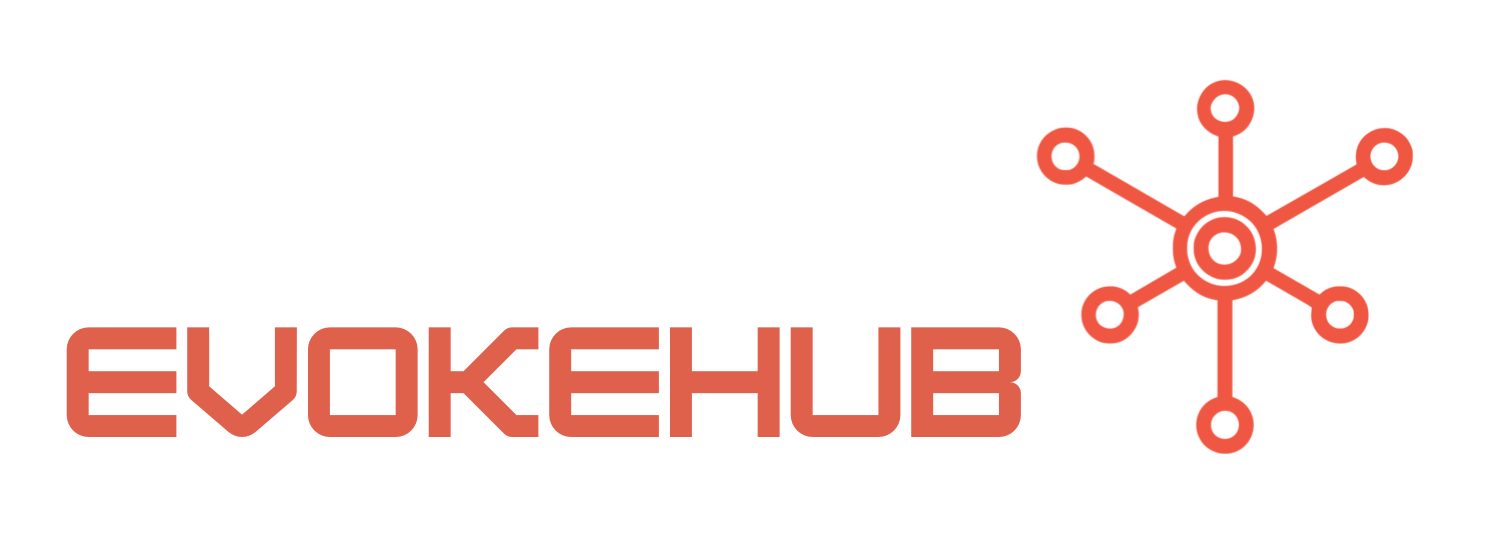Understanding Role-Based Access Control in .NET Applications
Role-Based Access Control (RBAC) is a security paradigm that restricts system access to authorized users based on their roles. In the context of .NET applications, this means defining roles and associating permissions with those roles. For instance, an application may have roles like “Admin,” “Editor,” and “Viewer,” each with distinct access rights. By implementing RBAC, developers can develop a more structured and secure application where users can only access resources necessary for their roles, thereby minimizing risks associated with unauthorized access.
The implementation of RBAC in .NET applications involves creating role definitions, associating these roles with users, and enforcing permission checks within the application. This can be accomplished using built-in libraries such as ASP.NET Core Identity, which streamlines the process of user authentication and role management. The framework supports role assignment and offers mechanisms to validate if a user has the necessary permissions to execute certain actions in the application, thus improving security and compliance with various regulatory requirements.
Furthermore, adopting RBAC not only simplifies user management but also enhances the user experience. By automatically assigning permissions based on roles, organizations can reduce the administrative burden associated with managing access rights for individual users. Additionally, when changes occur within the organization—like a user changing departments—administrators can swiftly update roles, ensuring that access permissions remain current and aligned with the user’s responsibilities. This approach fosters a dynamic environment where security and efficiency coexist harmoniously.
Integrating Azure AD for Enhanced Security and Management
Azure Active Directory (Azure AD) serves as a powerful identity management solution that can significantly enhance the implementation of RBAC in .NET applications. By integrating Azure AD, organizations can utilize its robust authentication mechanisms, including Single Sign-On (SSO), Multi-Factor Authentication (MFA), and conditional access policies. These features not only fortify application security but also provide users with a seamless access experience across various applications, improving productivity while maintaining robust security.
One of the key advantages of using Azure AD is its ability to manage user roles and permissions centrally. Through Azure AD’s role management capabilities, administrators can define roles at the directory level, enabling consistent access policies across multiple applications. This centralization simplifies the administrative process of managing user roles, making it easier to onboard new employees or update access rights as needed. Moreover, Azure AD integrates seamlessly with .NET applications, allowing developers to authenticate users and authorize access based on their Azure AD roles.
Implementing Azure AD for RBAC in .NET also opens up opportunities for compliance and auditing. Azure AD provides comprehensive logging and reporting features that help organizations track user activities and access patterns. This visibility is crucial for identifying potential security breaches or compliance issues. Additionally, Azure AD supports integration with various monitoring tools, allowing organizations to set up alerts and notifications for unauthorized access attempts or unusual behavior. By combining these features with RBAC, organizations can ensure a secure and manageable environment that meets the demands of today’s regulatory landscape.
In conclusion, implementing Role-Based Access Control (RBAC) in .NET applications is a strategic move towards enhancing security and user management. By integrating Azure Active Directory, organizations can leverage advanced identity management features that not only simplify role assignments but also bolster security through robust authentication mechanisms. As businesses continue to adapt to evolving security threats and regulatory requirements, the combination of RBAC and Azure AD stands as a best practice for safeguarding applications while ensuring a seamless user experience. For further reading on RBAC concepts and implementation, you can explore resources such as Microsoft’s official documentation on RBAC and Azure AD integration.




